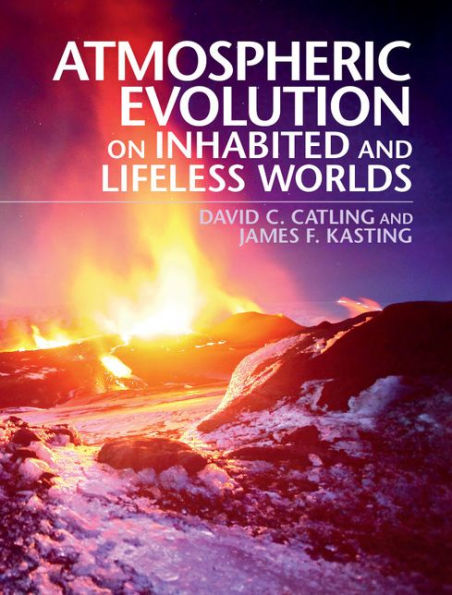As the search for Earth-like exoplanets gathers pace, in order to understand them, we need comprehensive theories for how planetary atmospheres form and evolve. Written by two well-known planetary scientists, this text explains the physical and chemical principles of atmospheric evolution and planetary atmospheres, in the context of how atmospheric composition and climate determine a planet's habitability. The authors survey our current understanding of the atmospheric evolution and climate on Earth, on other rocky planets within our Solar System, and on planets far beyond. Incorporating a rigorous mathematical treatment, they cover the concepts and equations governing a range of topics, including atmospheric chemistry, thermodynamics, radiative transfer, and atmospheric dynamics, and provide an integrated view of planetary atmospheres and their evolution. This interdisciplinary text is an invaluable one-stop resource for graduate-level students and researchers working across the fields of atmospheric science, geochemistry, planetary science, astrobiology, and astronomy.



